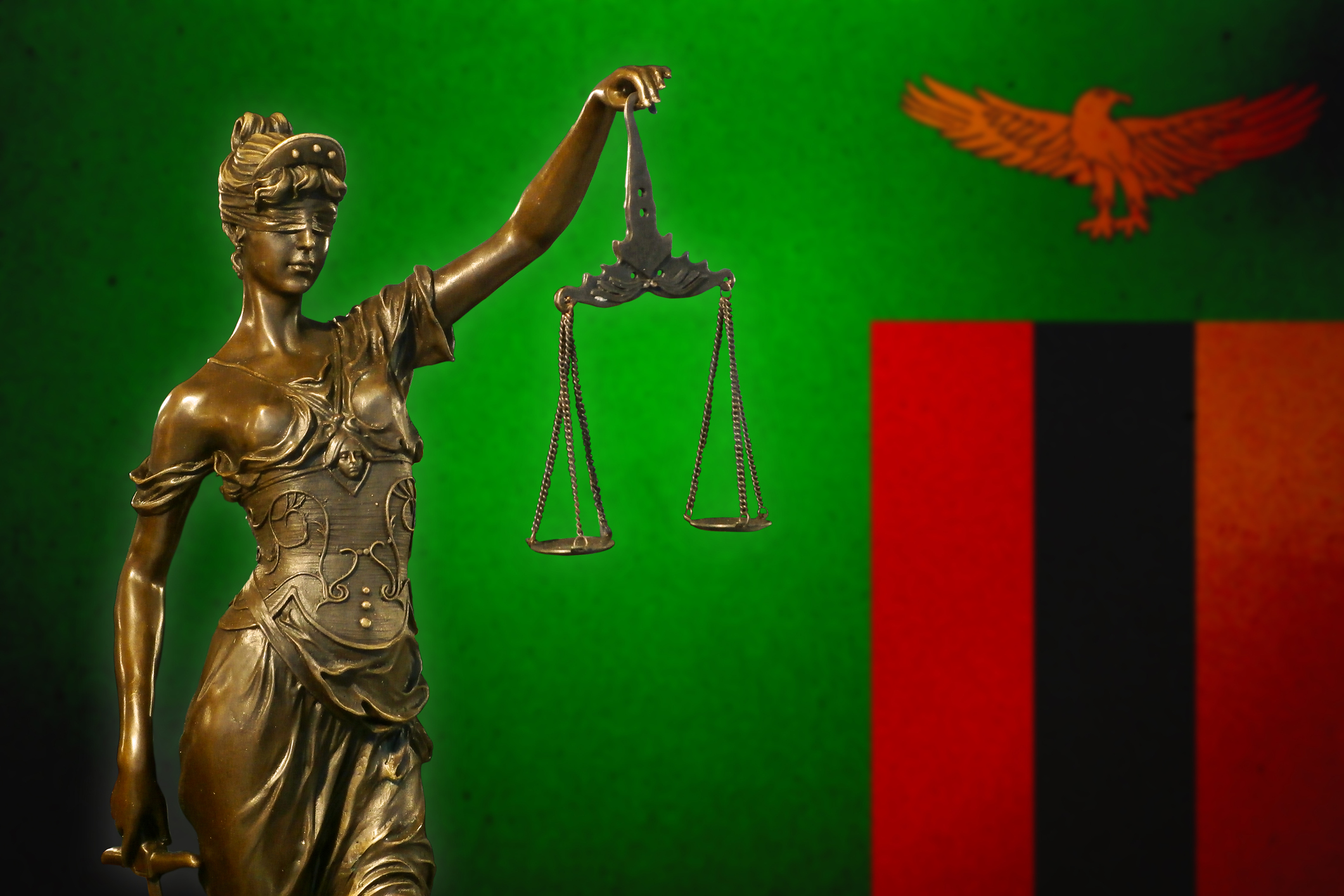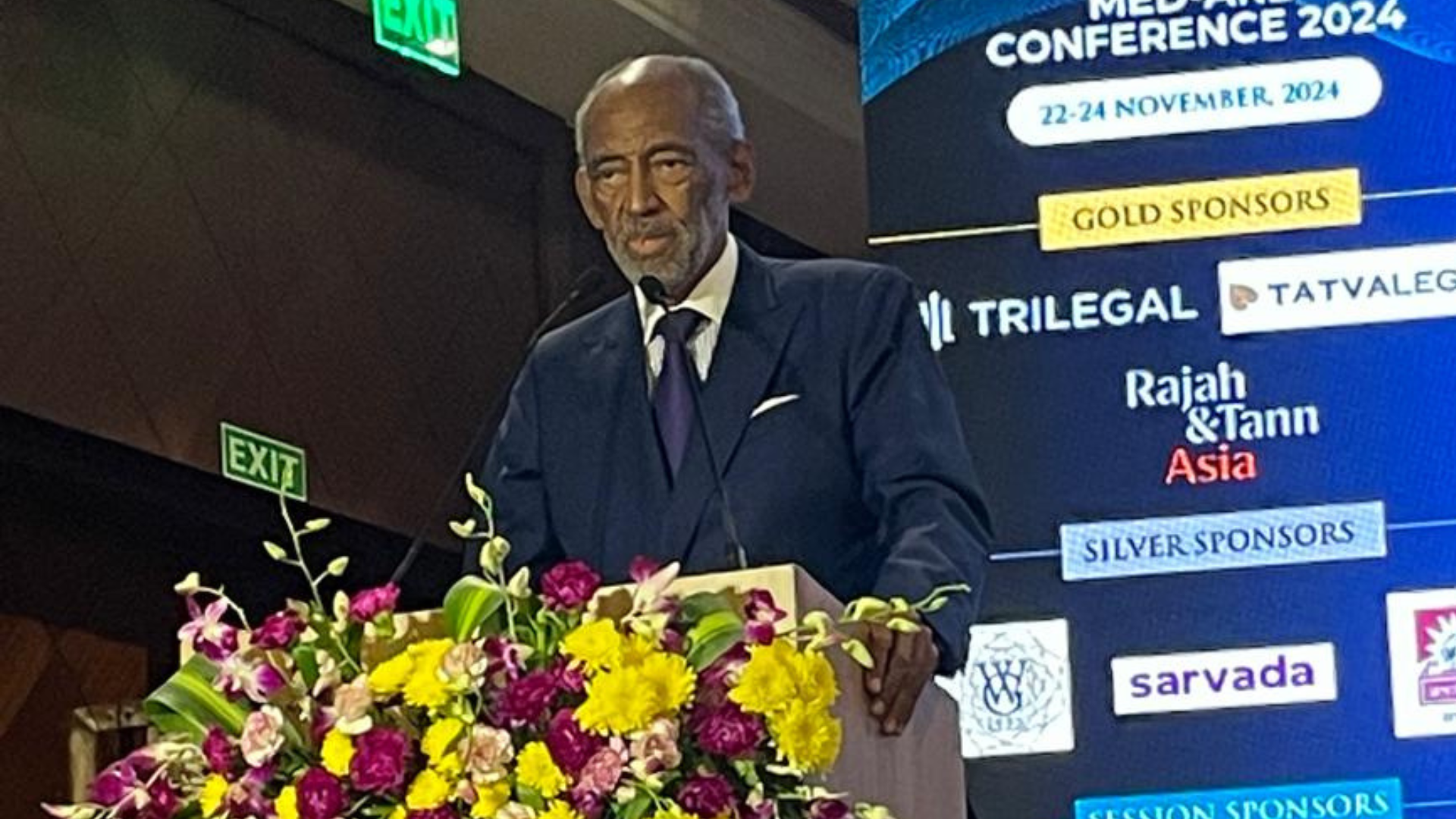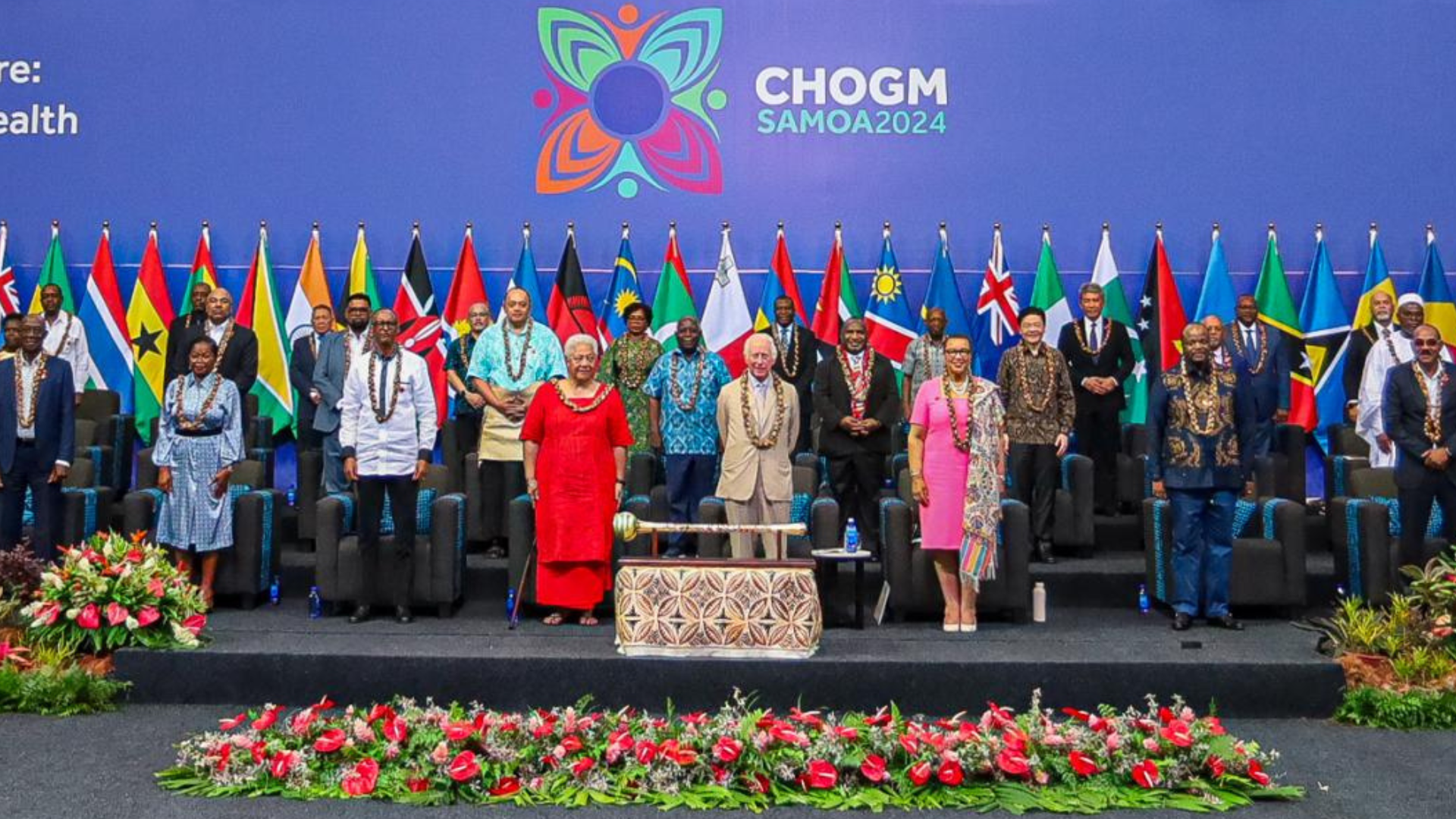
CLA News / Twin Apex Courts of Zambia: A misnomer? by Mweshi Charmaine Chibangulula-Mesa
For the first time in the judicial history of the Republic of Zambia, a Constitutional Court of Zambia was legislated into being by the 2016 Constitutional amendments. The Court was to share an apex position with an existing Supreme Court of Zambia.
By its title, it was apparent that the new court’s jurisdiction was restricted to constitutional-based issues that had been dealt with by ordinary courts of law before its establishment. However, this intention was partially trumped by a failed referendum in 2016 as it meant that there would be no amendments to part III of the Zambian Constitution (Bill of Rights) to bring all Bill of Rights matters into the court’s purview. Thus, while other parts of the Constitution were overhauled and jurisdiction on anything arising from those provisions was vested in the Constitutional Court, the Bill of Rights and issues arising from it were left to the High Court for Zambia at first instance and on appeal to the Supreme Court.
Now seven years in existence, the shared apex position of the Supreme Court and the Constitutional Court hangs on a delicate balance. The reality of one Court being subservient to the other is glaring.
A decision of the Supreme Court, which constitutionally has been expressed as being final save for its power to review the decision, can be subjected to constitutional scrutiny by the Constitutional Court which has the power to check that any exercise of power by a public institution including the Supreme Court falls within the Constitution. In some cases, the Constitutional Court has asserted this power for instance in Access Bank (Zambia) Limited v Attorney General 2018/CCZ/009, an aggrieved Appellant whose appeal had been dismissed by the Supreme Court for filing a defective record of appeal petitioned the Constitutional Court alleging that the Judgment dismissing its appeal before the Supreme Court was unconstitutional as it not only defied Article 118 (2)(e) of the Constitution which calls for the exercise of judicial authority without undue regard to procedural technicalities but also denied the full effect of Article 18(9) of the Bill of Rights which enshrines the right to a fair hearing.
In determining the Petition, the Constitutional Court examined the Judgment of the Supreme Court and the Supreme Court Rules on the format that a record of appeal ought to take and concluded that the Supreme Court was within its jurisdictional mandate when it dismissed the appeal as rules of court are an indispensable feature of administration of justice.
In Autry Chanda and Another v Attorney General 2021/CCZ/0039, a party irked by the Supreme Court’s refusal to review a judgment on account of being made outside the period of fourteen (14) days set by Rule 48(5) of the Supreme Court Rules approached the Constitutional Court alleging that the Supreme Court had violated Article 118 (1) and (2)(e) of the Constitution by insisting on the technicality of time limitation. Among the reliefs sought was an Order directing the Supreme Court to hear the motion.
While asserting its jurisdiction to inquire into an alleged constitutional infringement on the part of the Supreme Court, the Constitutional Court categorically declined an invitation to look into the merits of the Judgment rendered by the Supreme Court. It restricted its inquiry to factors informing the refusal to grant the review sought by the Petitioner before the Supreme Court. The inordinate delay of six (6) years in bringing the application and the flimsy reasons advanced by the Petitioner led the Constitutional Court to find that the refusal to review the Judgment was warranted and could not be said to have been in contravention of Article 118(1) and 2 (e) of the Constitution.
The bouncing of matters between courts is not only restricted to the two courts as a final decision of the Constitutional Court can also end up before the ordinary courts on the strict reading of the Constitution because jurisdiction over the Bill of Rights is still reposed in ordinary courts. This was the scenario in Hakainde Hichilema v The Attorney General Appeal no.4/2019. Following the dismissal of a presidential election petition by the Constitutional Court, one of the Petitioners claimed that his right to a fair hearing within a reasonable time enshrined in part III of the Constitution had been violated by the Constitutional Court and commenced a rights claim before the High Court. A motion challenging the propriety of the Petition was escalated to the Supreme Court.
While acknowledging the Petitioner’s entitlement to the protection of his rights enshrined in part III of the Constitution, the Supreme Court found the case untenable on the premise of the hierarchy of courts and the finality constitutionally stamped on decisions rendered by the Constitutional Court.
The two apex courts have neatly dealt with the bobbing of matters between them; however, this causes a strain on judicial resources. The clear intention expressed by the people’s will to have the two enjoy separate jurisdictions communicates the need for further constitutional review to remedy the current standing of the Courts. This position is even more compelling when one considers the adverse effects that the current standing of the courts has had on the Bill of Rights claims emanating from decisions of the Constitutional Court, as was the case in Hakainde Hichilema v The Attorney General as well as the unwholesome possibility of a decision of the Supreme Court undergoing constitutional scrutiny by a Court of equal eminence which is relatively fresh on the judicial block and administratively subordinate to the Supreme Court.
It remains to be seen if Zambia will take advantage of the current constitutional review process to rectify the unforeseen muddled standing of the two apex courts.
Author: Mweshi Charmaine Chibangulula-Mesa
Designation: Senior Research Advocate
Organisation/Law Firm: Judiciary of Zambia
Email Address: mweshic1@gmail.com
Country: Zambia




